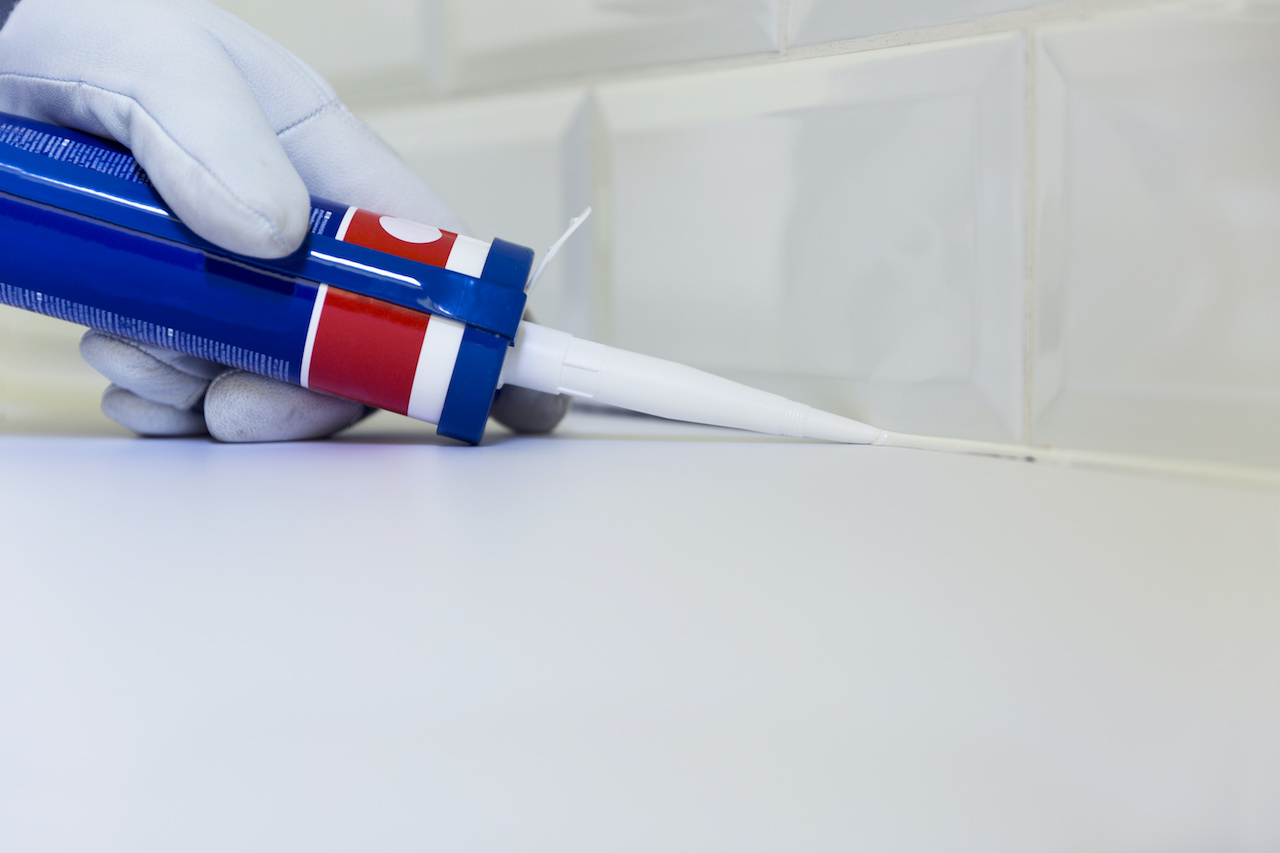Mold is a more common problem than most homeowners realize. In addition to being unsightly, having kitchen and bathroom mold can also seriously impact our health. In this case, prevention is our best course of action. But what happens if we don’t take mold seriously?
Read more to learn about what mold is, prevention strategies, the health risks associated with mold, and how to eliminate kitchen and bathroom mold.
What is Mold?
At its core, mold is a fungus. It can be present as black, green, purple, white, and even orange staining on pretty much any material. However, within our homes, we usually find it in rooms that have access to water. Generally, those are kitchens and bathrooms.
Like any other fungus, mold thrives in dark, wet, and stuffy environments. So it’s more likely to spread in a bathroom that doesn’t have a window or any natural light than in one that’s well aired. Once mold forms, it can be incredibly difficult to eliminate. After all, it reproduces by releasing imperceptible spores that can waft over to another surface and start spreading there.
And therein lies the problem. Most people have some kind of adverse reaction to inhaling those spores. Worse still, children and people with respiratory issues tend to experience more extreme symptoms. Ultimately, prolonged exposure to mold and mildew can cause throat irritation, coughing, wheezing, and many other breathing issues.
Some kinds of mold can even cause skin and eye irritation! And believe it or not, that’s just the tip of the iceberg!
Why Are Kitchens and Bathrooms the Perfect Environments for Mold Growth?
Obviously, having mold in the house, particularly in our kitchen, can be extremely damaging for our health. But what makes kitchens and bathrooms such perfect environments for mold growth?
Well, for one, both rooms have access to water. Wherever we have plumbing, we’re more likely to have leaks. If you suspect you have one, make sure to check under the sink as that area is usually dark and stuffy. A musty odor is usually a sign that you’re losing water somewhere — and if you are, mold won’t be far behind.
On top of that, some plumbing features, like using cheap, plastic pipes, can increase your odds of getting a leak. Aside from leaks, any kind of standing water may be cause for concern. For example, if your tub isn’t draining properly or your shower curtains can’t fully dry due to poor ventilation, that may be contributing to mold growth.
In bathrooms, you could even see dark stains grow between the tiles, around the tub, or even underneath transparent caulk. In that case, it would be best to lift the caulk, remove as much of the mold as you can, thoroughly sanitize the area, then apply the sealant.
How to Eliminate Kitchen & Bathroom Mold
Ultimately, the best thing you can do to keep kitchen and bathroom mold at bay is to make sure there isn’t humidity build up. Running exhaust fans is a great way to eliminate humidity build up in a bathroom. Remember, mold thrives in dark, stuffy, moist environments. So cleaning all surfaces (particularly those that are hard to reach like under the fridge and between appliances) with disinfectants can go a long way toward preventing mold from spreading. Additionally, you should speed up moisture evaporation by letting things like shower curtains dry completely after use.
Even after you implement these changes, mold may stick around. If you do notice that musty odor or spot the odd discolored area, you can treat it with a store-bought mold killer. Alternatively, use plain white vinegar. If that doesn’t completely suppress the spread, we recommend calling in a mold removal specialist. Mold Solutions is here to help with your mold concerns. Contact us today to get a free estimate.
For more questions and answers on mold, click here to read more from our blog.
Why is Mold Solutions the BEST choose for you and your family? Click here to find out!








